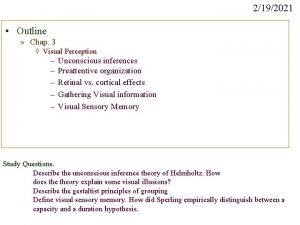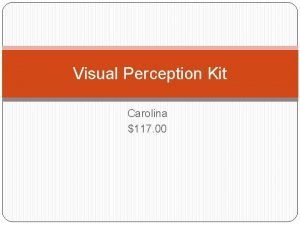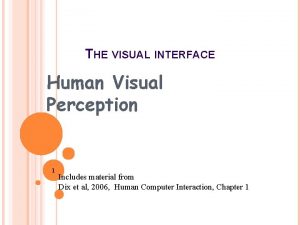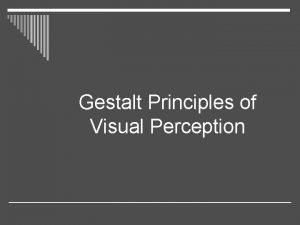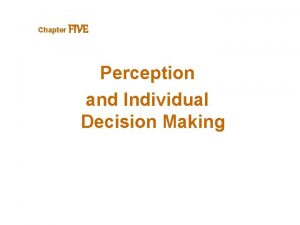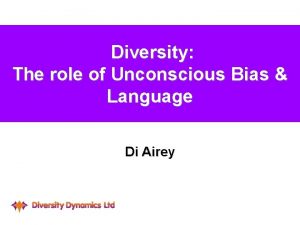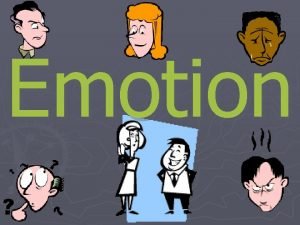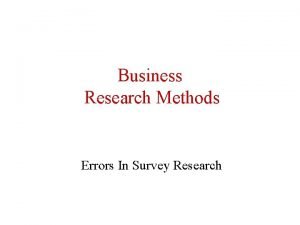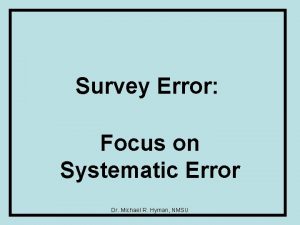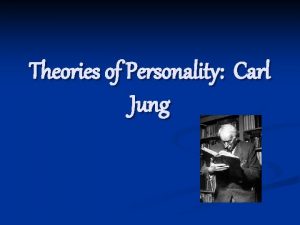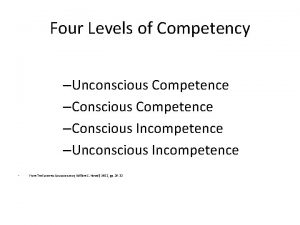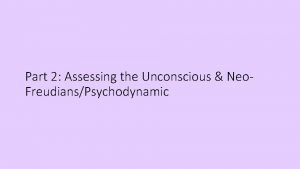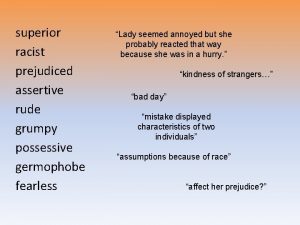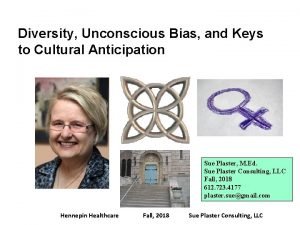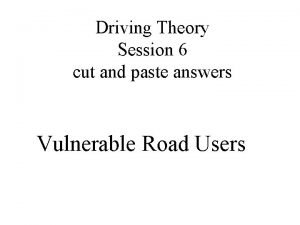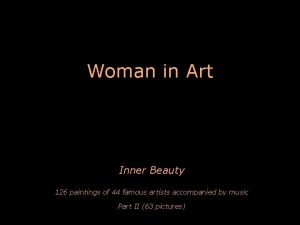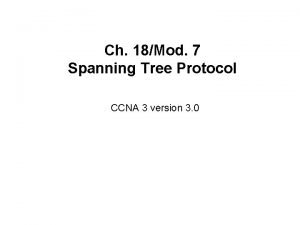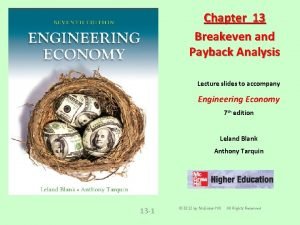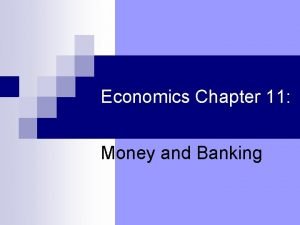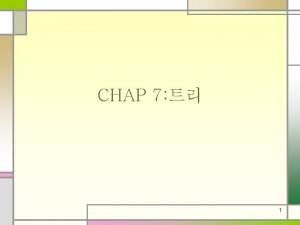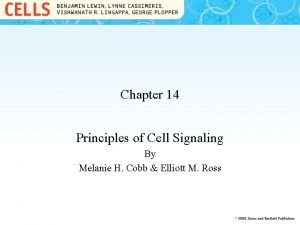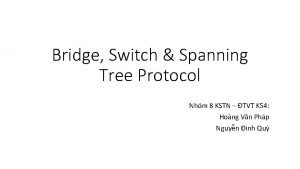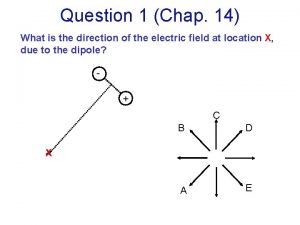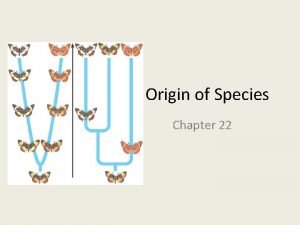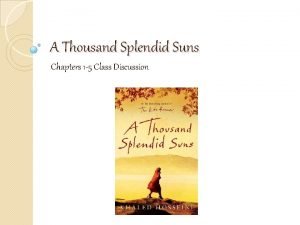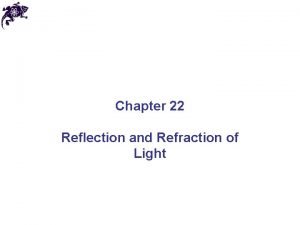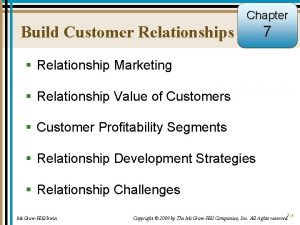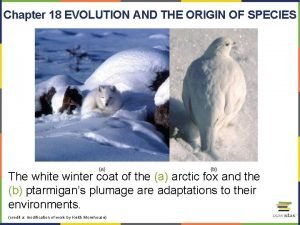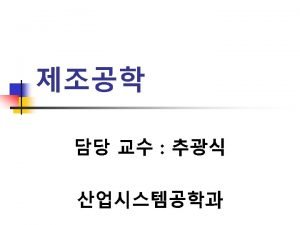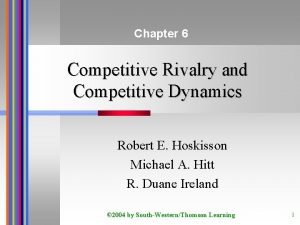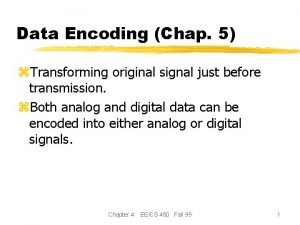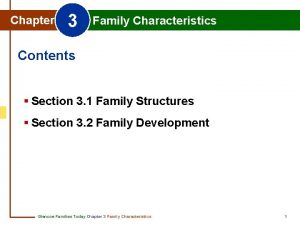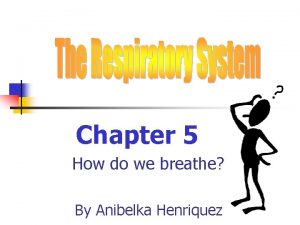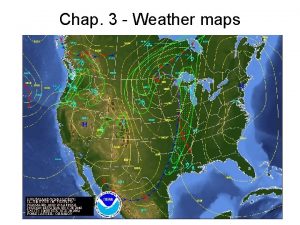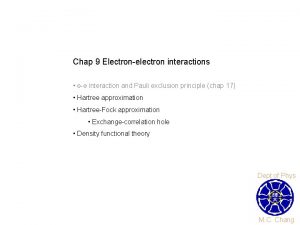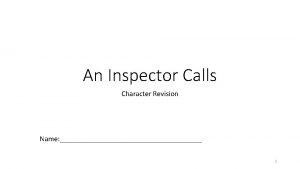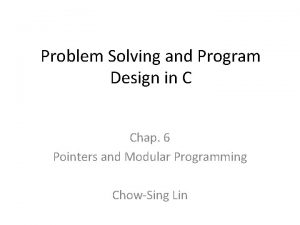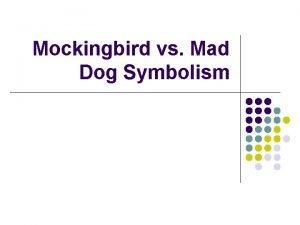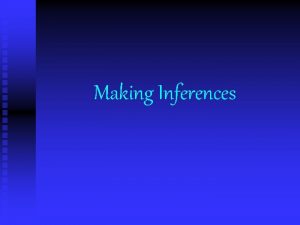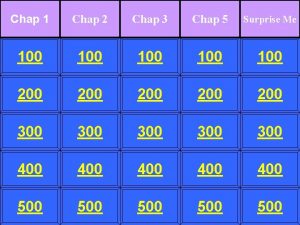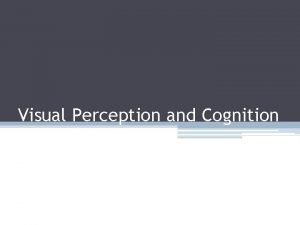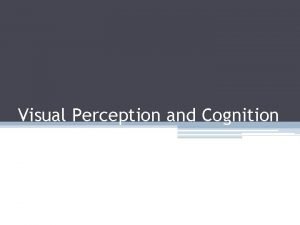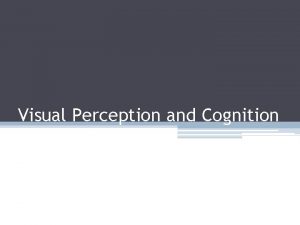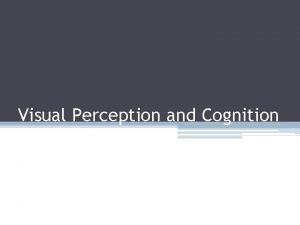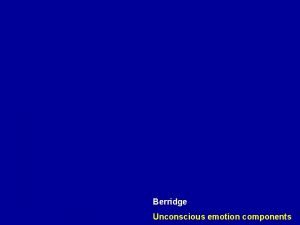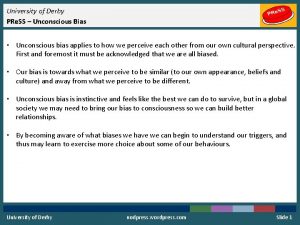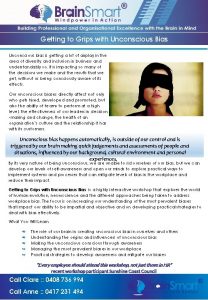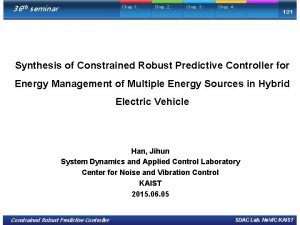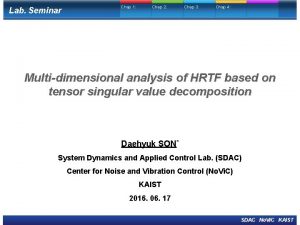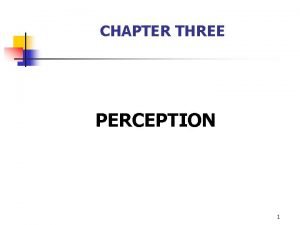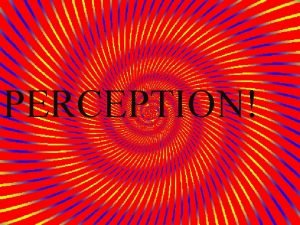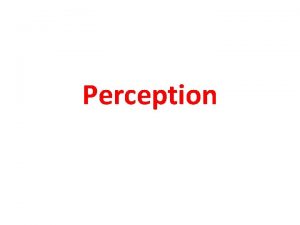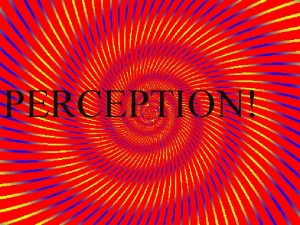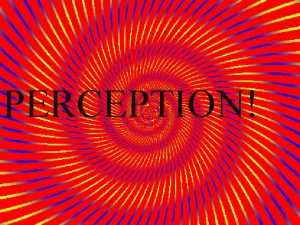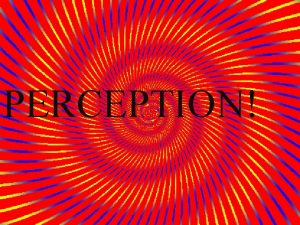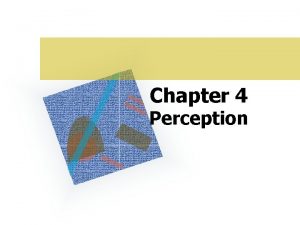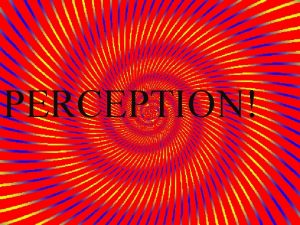2192021 Outline Chap 3 Visual Perception Unconscious inferences






















































- Slides: 54

2/19/2021 • Outline » Chap. 3 ◊ Visual Perception – – – Unconscious inferences Preattentive organization Retinal vs. cortical effects Gathering Visual information Visual Sensory Memory Study Questions. Describe the unconscious inference theory of Helmholtz. How does theory explain some visual illusions? Describe the gestaltist principles of grouping Define visual sensory memory. How did Sperling empirically distinguish between a capacity and a duration hypothesis.

Perception and Pattern Recognition • Visual Perception

Perception and Pattern Recognition • Visual Perception

Perception • Perception is in the brain » Melzak : “Pain is in the brain” ◊ Phantom limb pain » Filling in the blind spot » Complimentary colour mixing » Visual illusions ◊ E. g. , The moon illusion ◊ Other illusions

Perception • The unconscious inference theory (helmholtz) » Analyze cues in sensory input » Construct a perception with depth, size and motion. » Send perception on to conscious mind. • The Müller-Lyer illusion

Perception • Problems with the unconscious inference explanation.

Perception • The frame illusion

Perception » Assimilation theory: We incorporate nearby elements into an object’s boundary when assessing size. Online Demo

Perception • Size illusions based on linear perspective Example 1 Chasing illusion A great size constancy illusion: The power of persective Shadow and ball illusion

Coding of Contrast and Contour • Three examples of exaggerated contrast


Coding of Contrast and Contour • Receptive fields and on-off areas • Contrast heightening

Hermann - Hering grid

• Receptive fields and the Hermann-Hering illusion

Gestalt Perception • Sensation and bottom-up processing • “The whole is greater than the sum of its parts” -> Perception involves an interplay between bottom-up and top-down processes.

• Context and top-down processing.

• Pitting the gestalt against sensation

• Illusions deriving from top-down processing

Gestal principles of grouping • Proximity.

Gestal principles of grouping • Similarity.

Gestal principles of grouping • Closure.

Gestal principles of grouping • Good continuation. Online Demo

Figure/ground • We divide a visual scene into figure (the object to which we attend) and ground (background). Example 1:

Example 2: Figure and Ground in MC Escher’s art.

Example 3:

Rubin Vase by Shigeo Fukuda



Perception and Pattern Recognition • Visual auras and migraine headaches » Cortical or retinal? ◊ A retinal effect:

Perception and Pattern Recognition • Visual auras and migraine headaches » Cortical or retinal? ◊ A retinal effect: ◊ A cortical effect:

Perception and Pattern Recognition • Extracting visual information » Saccades - eye movements, which occur in a jerking, start -stop fashion.

Perception and Pattern Recognition • Visual sensory memory » Visible persistence » Selection from brief displays


H L B M Q Y X S E T W R


F Z N Q W U C D R Y E T


G X M W E I V F T U R Y

Perception and Pattern Recognition • Visual sensory memory » Visible persistence » Selection from brief displays George Sperling » Original findings ◊ Observers remember 4 or 5 items (span of apprehension) ◊ Sperling’s question: Where is the limitation? – Capacity hypothesis: The visual system only registers 4 or 5 items – Duration hypotheis: All the letters get registered but fade rapidly ◊ The partial report procedure – E. g. , Standing’s experiment

Perception and Pattern Recognition • Visual sensory memory Estimated # letters available » Sperling’s results 10 8 6 4 2 0 0 . 15. 30 Cue Delay (Seconds) 1. 0 Full Report

Perception and Pattern Recognition • Visual sensory memory » Visual Masking » Averbach and Coriell (1961) ◊ Two types of cues: Bar markers and circles ◊ Partial report of 1 item.


J T Y S V P W N R Q O M K H X I


J T Y S V P W N R Q O M K H X I


Perception and Pattern Recognition • Visual sensory memory » Averbach and Coriell (1961) Percentage Correct 100 80 60 Bar probe 40 Circle probe 20 0 -100 0 100 200 Cue Delay (ms) 300 400 500

Perception and Pattern Recognition • Visual sensory memory » Is selection from VSM precategorical? ◊ Merikle (1980) ◊ Demo

H 6 B M 8 Y X S E 7 W 9


Perception and Pattern Recognition • Visual sensory memory » Is selection from VSM precategorical? ◊ Merikle (1980) ◊ Demo A 3 A 6 T 3 R 5 8 G 6 T R 5 8 Absent Present Correlated physical dimension G

Perception and Pattern Recognition • Visual sensory memory » Is selection from VSM precategorical? ◊ Merikle (1980) ◊ Demo Partial Whole Correlated Physical Dimension Present Absent 6. 4 5. 5 4. 4 4. 2

Perception and Pattern Recognition • Visual sensory memory » Literal representation ◊ Template matching

Perception and Pattern Recognition • Visual sensory memory » Other issues ◊ Ecological validity
 Chap chap slide
Chap chap slide Unconscious inferences
Unconscious inferences Carolina visual perception kit
Carolina visual perception kit Two stages of vision in hci
Two stages of vision in hci Gestalt principles of visual perception
Gestalt principles of visual perception Law of pragnanz
Law of pragnanz Sigmund freud theory
Sigmund freud theory Is an unconscious process created from distilled experience
Is an unconscious process created from distilled experience Unconscious bias and language
Unconscious bias and language Carroll izard 10 basic emotions
Carroll izard 10 basic emotions Unconscious bias questions
Unconscious bias questions Administrative error in research
Administrative error in research Unconscious proprioception
Unconscious proprioception Auspices bias example
Auspices bias example Amber nova unconscious
Amber nova unconscious According to jung the unconscious mind is characterized by
According to jung the unconscious mind is characterized by Four levels of competence
Four levels of competence Unconscious mind examples
Unconscious mind examples Alfred adler collective unconscious
Alfred adler collective unconscious Conscious proprioception
Conscious proprioception Unconscious patronization
Unconscious patronization Unconscious bias icebreaker
Unconscious bias icebreaker The electra complex
The electra complex At night you see a pedestrian wearing reflective clothing
At night you see a pedestrian wearing reflective clothing Guillaume seignac
Guillaume seignac Carl jung anima and animus
Carl jung anima and animus Sentence outline examples
Sentence outline examples Kstn chap 18
Kstn chap 18 Payback chap 13
Payback chap 13 Bank run chap 11
Bank run chap 11 Friendly relationship chapter 7
Friendly relationship chapter 7 Chap tree
Chap tree Passion chap 9
Passion chap 9 Cell chap 14
Cell chap 14 Kstn chap 7
Kstn chap 7 Chap de direction
Chap de direction Origin of species ch 22
Origin of species ch 22 A thousand splendid suns chapters
A thousand splendid suns chapters Into the light chapter 22
Into the light chapter 22 Define the relationship chap 7
Define the relationship chap 7 Fitness chapter 1
Fitness chapter 1 Which do you prefer ch 4
Which do you prefer ch 4 The origin of species ch18
The origin of species ch18 Chap tools
Chap tools Rivalry 1 chap 6
Rivalry 1 chap 6 Chap a to z
Chap a to z Close family chapter 3
Close family chapter 3 Define the relationship chapter 11
Define the relationship chapter 11 Breath the same air chapter 5
Breath the same air chapter 5 Surface station model
Surface station model Hình cắt kết hợp
Hình cắt kết hợp Lindhard theory
Lindhard theory I was in that state when a chap easily turns nasty analysis
I was in that state when a chap easily turns nasty analysis C chap
C chap Mad dog symbol
Mad dog symbol

